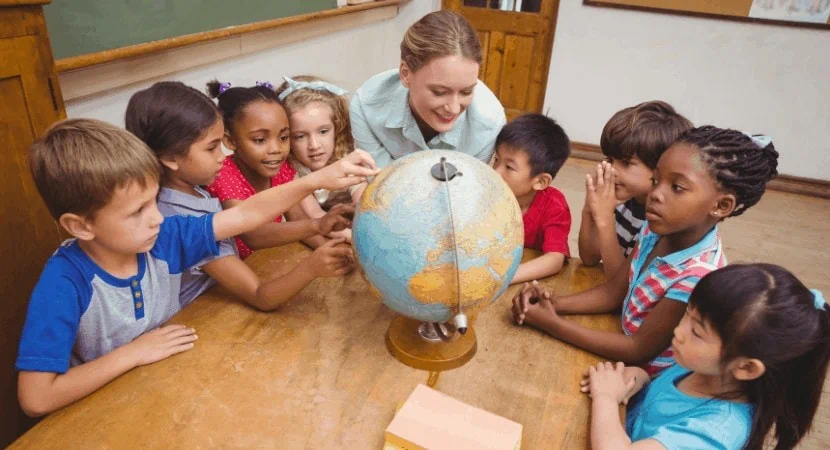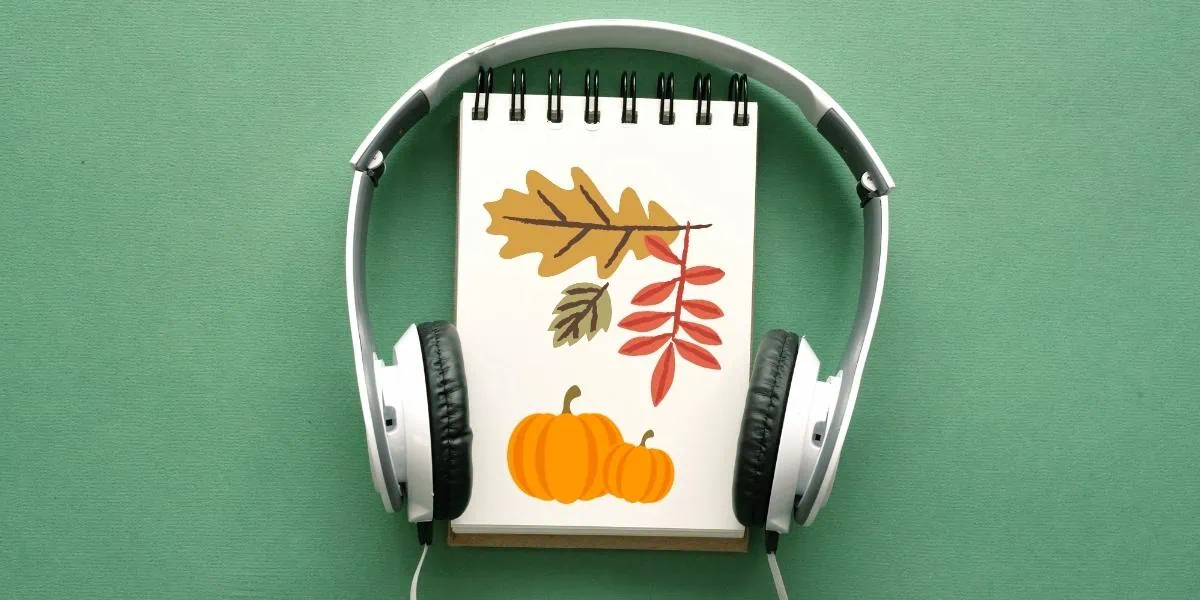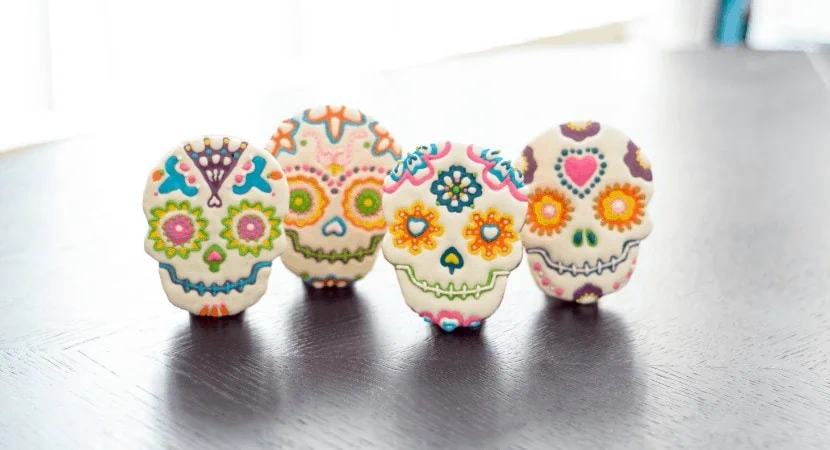4 Practical Tips for Teaching Foreign Language to Preschoolers
Inside: Tips and tricks on teaching foreign language to preschoolers.
Today I’m welcoming Josefina Cabello, who is an Ecuadorian Spanish Teacher in Tennessee and TpT creator. She has been teaching Spanish since 2011, taught ESL for 5 years in Ecuador, and loves empanadas (I’m right there with you, Josefina!). She’s got some practical tips for those of us teaching that extra-lovable and extra-wiggly age: preschool learners!
TEACHING FOREIGN LANGUAGE TO PRESCHOOLERS
Teaching preschoolers for the first time can get a little challenging. The famous saying “time flies” becomes a reality with these kids. Having extra activities “just in case” becomes a must for every lesson planning.
After almost 10 years of teaching, my preschool classes are the ones I find the easiest when it comes to plan and teach. Here are my 4 tips when you are teaching foreign language to preschoolers.
You also might like: Preschool Spanish Lessons and Ideas.
TIP #1: PLAN AHEAD AND A LITTLE EXTRA.
Plan accordingly and ahead. Depending on the time length of your class, plan activities to keep your students engaged
Here is a how a typical preschool class goes for me (30 minutes period)
- Sing songs or chants to review colors, numbers and shapes. (length: 5 minutes)
- Introduce content: Bring something to get student’s attention, use realia, puppets, costumes, the list is endless. But this stage is very critical to keep students engaged (length: 5-7 minutes)
- Review content: Use flashcards, memory game, bingo, I spy, anything visual and that keep students moving (length: 10 minutes)
- Worksheet or group work: I create worksheets where students have to cut, paste, circle, color or follow my commands. Work together with your students, monitor them at all times. (length: 5 minutes)
- Extras: We read a book, watch a video or play a game to review our content. This extra is always good in case any of the previous activities do not work right.
TIP #2: DON’T BE AFRAID TO BE SILLY!
Kids love it when you “play games” or “act silly.” It’s like you are speaking their language (even if you are speaking, say, Spanish). Bring on the puppets and action figures, kids love it when teachers use toys to teach their lessons.
When I am showing my flashcards teaching parts of the body, I love to joke with my kids. I tape a flashcards to my arm or to my nose and act like I do not know where it is. This way when kids say “your nose” I say “Oh, mi nariz?” and is not until my student repeats the word “nariz” I miraculously find the flashcard.
TIP #3: LISTEN TO YOUR PRESCHOOLERS, BUT STAY ON TASK.
Johnny wants to tell you about the Daniel Tiger episode when the cake got smushed. Sandy wants to show you her Peppa pig t-shirt and Danny wants to tell you about the Paw Patrol party he had on Saturday. Kids love it when you listen, and even more when you get engaged in the conversation, but you also need to stay on task. A sweet and nice way to ask them to stay on task could be by replying: “that sounds great, maybe we can talk about that after our circle time” or “I love Paw Patrol! maybe you tell me a little bit more after our circle time”. Keep your promise and ask them later.
When students are working on their worksheets, when you see them on the carpool line or in the cafeteria, show them you care. Tell Johnny that you hope Daniel Tiger gets a new cake on tomorrow’s episode, tell Sandy her new Peppa Pig shirt looks so pretty and ask Danny who is his favorite pup from Paw Patrol (just say yours is Chase or Marshall).
I created these for my students to review “feelings”. I have some Daniel Tiger fans in my classroom. They were beyond thrilled with these.
TIP #4: KEEP IT SHORT, FUN AND FRESH
Short: I try to keep my activities’ length no more than 5 minutes. Preschoolers have a short attention span and once you lose the attention from a couple of kids, it is a domino effect in the classroom.
Fun: Keep them moving. Teach them a “bachata” song to introduce the word “amigo”, play “flyswatter” to review family members vocabulary, or review Christmas vocabulary with fun activites.
Fresh: Preschoolers like routines, but also things that are new and fresh. Keep the routine for songs and chants to review numbers and colors. But bring some fun elements to the classroom, specially when you are introducing new content.
If you include flashcards in your class, here are some fun ideas:
- Find your match: Give a group of students the labels and another group the pictures, ask them to find their match.
- Left or right: Get two flashcards and place one on your left hand and one on your right hand. Call out one flashcard and make students guess in which hand you have it.
- Flyswatter: Place all flashcard on the board. Give 2 students a fly swatter and ask them to “hit” the word you call out.
- Thief in the market: Choose a small number of flashcards (say 5). Show these flashcards to your students. Ask your students to cover their eyes and invite one student to open his/her eyes and “steal” one card. They can either guess who stole the card or they can tell which card is missing. Great way to review “tienes” and “no tengo”
Most important, be yourself and enjoy teaching these little ones! They have so much energy and can bring so much joy to your everyday teaching.
Did I miss anything? Leave a comment with an extra tip for teaching foreign language to preschoolers.








I like how you mentioned that you can get young children involved and get them started with learning a new language or two since they’re at the point where their brains develop much faster and they can easily understand what you’re saying. One way to get their attention is to make sure that the lessons are as easy and as engaging as possible due to children’s’ terribly short attention spans. If I had a chance to run a preschool for kids, I would want to make the lessons are engaging as possible for them so that not only would they be having fun, they would also be learning at the same time.
I just started teaching young kids for the first time, and I have no idea what I’m doing! This was super helpful, thank you!
Glad to help a little bit 🙂
Ola:). That was really helpful. I just started teaching Romanian to American 5 years old twins, so it’s a challenge, but your article is really helpful and I am curious to apply starting from tomorrow what you were saying in here. I really hope it will work for me as well. God help me!:)